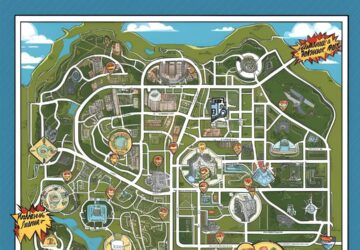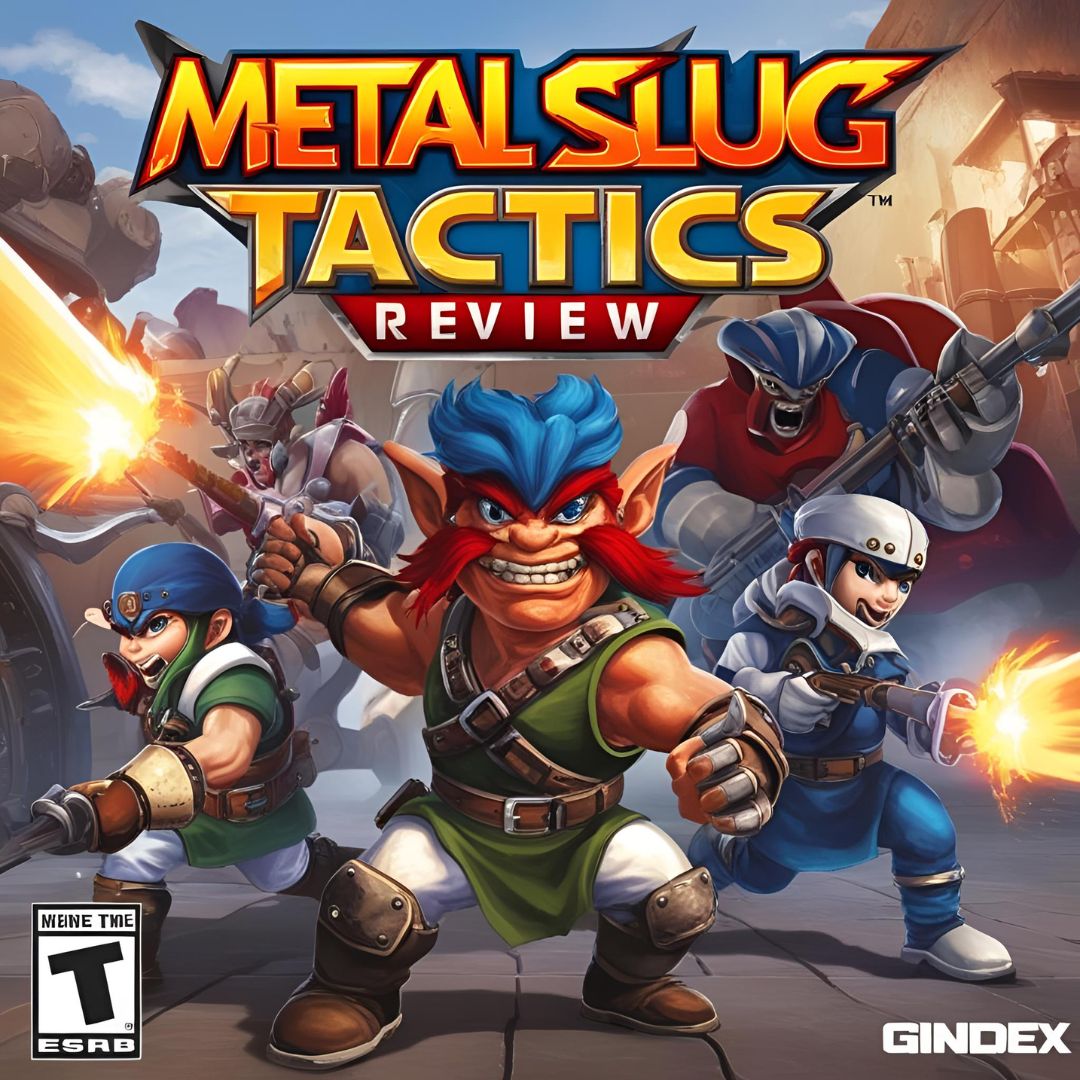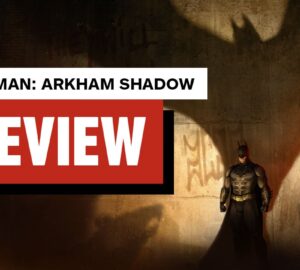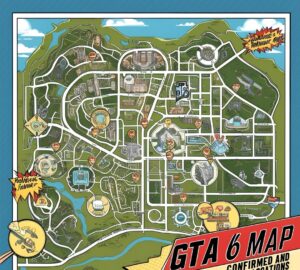Metal Slug has always had an appealing quality. Metal Slug leaned heavily into comedy, combining its trademark run-and-gun action with cartoonish villains, ridiculous action-hero clichés, and comically overbuilt machines, while its peers like Contra ramped up the body horror and aliens.
Metal Slug Tactics is the series’ first attempt at turn-based strategy, with a roguelike twist, but there have been a few spin-offs over the years. Though several antiquated cliches and too much of your success being outside of your tactical control prevent this operation from being a complete victory, the mission is largely successful thanks to innovative gameplay and the series’ humorous appeal.
Game Overview
The pixel art-inspired models perfectly capture the style and feel of the series, and tactics shifts the classic sidescroller onto an isometric grid. Everything feels just like the original series in 3D, including the famous POWs and the namesake Metal Slug tanks. Bosses are precisely the kind of over-engineered machinery you would anticipate, and the isometric battlegrounds are dotted with a variety of topography, buildings, vegetation, and other picturesque aspects that feel completely at home.
In an individual mission, your three-man unit is dropped onto a miniature battlefield, where you alternately move, fight, and use special powers. An further wrinkle is the capability of executing sync assaults. Your teammates will launch an attack if one of them hits an adversary and another has them positioned and within range. Knowing how to set things up makes a major difference because usually one shot isn’t enough to take someone down. Setting up a series of coordinated assaults for every character in a round, eliminating foes or dealing a ton of damage to one of the gigantic end-of-region monsters, is also really exciting.
Unlike Advance Wars’ soldiers and vehicles, your heroes are not as expendable, and unlike classic Fire Emblem, it is not as catastrophic if one dies in combat. A finite number of revives can be used to bring downed units in the middle of a mission. At the end of a level, everyone is elevated in good condition, so it’s fascinating to weigh the risks and rewards of attempting to complete your goals with a small team.
Game storyline
It’s a lot of fun with the primary cast. Three of the nine possible heroes are at your disposal at first, including veteran Sluggers Marco and Eri. As you finish runs, more characters usually become available, and it’s fantastic that Tactics even includes characters from sister series Ikari Warriors like Clark and Rolf. Because every hero has a different combination of skills, passive benefits, and weaponry, it’s fun to try out various team configurations. For instance, Marco’s pistol might not be as effective as Rolf’s knife, but there are situations when striking far-off enemies from behind cover is preferable.
Adrenaline is linked to abilities and is largely triggered by the number of spaces you move throughout a turn. Additionally, this strengthens your defenses, enabling you to deflect incoming damage. Together, these encourage playing aggressively as opposed to advancing slowly, tile by tile. The first capabilities are somewhat limited, such as Fio moving a single unit a limited number of spaces. However, as you progress through a run, you often unlock new skills as post-level rewards. When you get to call in a strong, area-clearing air strike at the conclusion of a turn, it becomes much more alluring to go a few extra steps.
Game levels
Each level has a primary goal and a secondary goal. While the latter, which frequently consists of tasks like winning in a specific number of turns or avoiding taking damage, bestows an extra prize, the former must be finished in order to proceed. Your run ends in failure and you are sent back to base camp to reorganize and begin again if you are unable to do the main task or if your entire squad is destroyed. Though not every task is made equally, it’s a tried-and-true concept that usually works well here. It’s entertaining to eliminate four particular targets in a set number of turns. But it’s not the same as escorting a slow-moving NPC to an exit on the opposite side of the battlefield.
Upon entering a zone, you are presented with an overworld map akin to Mario World, which connects levels by paths. Only three of the levels will be instantly accessible, but you can see which rewards are available at each. You may need to create a planned course of action if you have your sights set on a certain goal, like the Strategic Assets that allow you to summon extremely potent single-use consumables like Metal Slugs. This promotes a little amount of consideration before you start acting.
The boss of the area is summoned after completing three stages, and these battles are by far the most thrilling and difficult tasks in Tactics. To maintain the pressure, each mixes an enormous health pool with special mechanics and never-ending rounds of cannon fodder. Standard missions don’t adequately equip you to leap from barge to barge while battling a large warship or duck for cover to evade level-wide explosions from a giant robot serpent. They are excellent for clearing the palette in between regular missions and achieve the ideal balance between demanding and interesting.
Clearing every level for the first time feels like an accomplishment because missions are difficult enough. The first complete clear, which took me about ten hours, isn’t the end, just like in other roguelikes. Instead, it initiates a new phase that concentrates more on your particular run, skillfully adding another strategic component as you get proficient, with more alternative bosses thrown in.
Drawbacks of this Game
If the regions themselves were more diverse, that would be good. Although two are deserts, there are actually four regions. Although each has distinct adversaries and special features that set it apart, such as the sewers in the urban region that allow for speedy movement, the levels do become a little monotonous after a few cycles because you will be going through them repeatedly.
throughout order to give each location a distinct feel, a variety of monsters with various attacks and behaviors are mixed throughout. Nonetheless, it appears that some of the racial clichés should be retired long ago. Even while they did appear in previous Metal Slug entries, it’s really not essential to label the people you fight in the jungle “Natives,” give out spears and masks, or have an enemy in a turban and swing a saber if you’re in a desert.
Each run is sufficiently randomized that it frequently seems as though luck plays a larger role in determining success than strategic choices. Even though you get to choose which area to invade, the levels, goals, and awards change with each new attempt. If you’re lucky, you’ll have simple levels with strong upgrades and powers at your fingertips. However, things may seem unachievable if luck is not on your side. When you need to knock out a heavily armored truck before it flees and you lack the firepower to do it, it might be disappointing when a promising mission ends early. Entering a boss fight knowing that you are most likely doomed depending on your equipment is especially awful.
If you could achieve more significant incremental upgrades, this would be less of a problem. The goal of Metal Slug Tactics is to make money so that you may upgrade your loadouts and skills. Your starting weaponry and skills are determined by the loadouts, which give you more but not necessarily better options. Since purchasing skills immediately adds them to the pool of possible post-level upgrades, using them again primarily depends on luck. Additionally, since each character may only add a small number of abilities, it becomes difficult to feel that your actions have any impact after a few rounds. Considering that other roguelikes, like Hades, make every run—whether successful or not—count by granting you advancement toward permanent weapon upgrades, that’s a difficult pill to swallow.
Conclusion
Metal Slug Tactics makes a fantastic job at redesigning Metal Slug as a turn-based strategy roguelite while retaining its appearance and feel. Its strategic components, which blend sync strikes and adrenaline-fueled powers, create thrilling battle that feels intelligent. Whether it’s a good combination of missions or the proper upgrades and prizes dropping, it’s unfortunate that a great run depends so heavily on luck. Unforced mistakes like those and the awkwardly antiquated opponent designs restrict this otherwise strong army’s progress.








